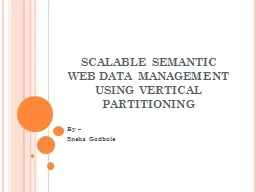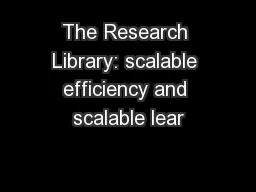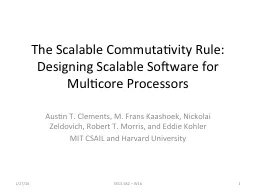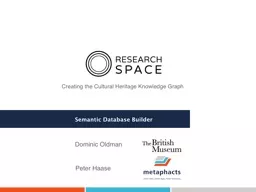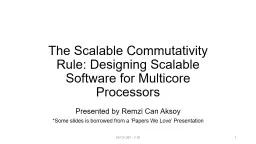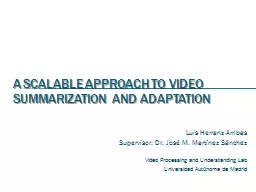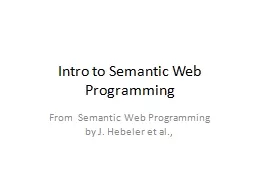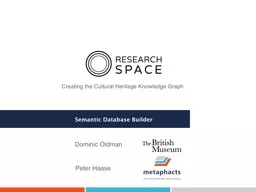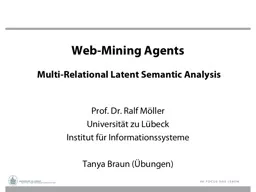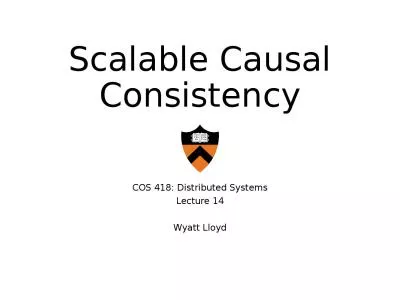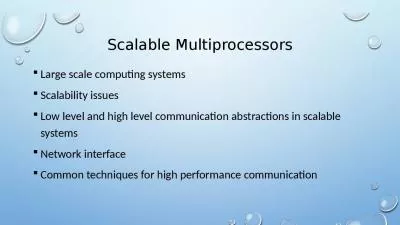PPT-SCALABLE SEMANTIC WEB DATA MANAGEMENT USING VERTICAL PARTIT
Author : pamella-moone | Published Date : 2016-08-08
By Sneha Godbole Introduction What is Semantic Web RDF RDF Triples Improving RDF Data Organization Property Table Vertically Partitioned Tables Extending Column
Presentation Embed Code
Download Presentation
Download Presentation The PPT/PDF document "SCALABLE SEMANTIC WEB DATA MANAGEMENT US..." is the property of its rightful owner. Permission is granted to download and print the materials on this website for personal, non-commercial use only, and to display it on your personal computer provided you do not modify the materials and that you retain all copyright notices contained in the materials. By downloading content from our website, you accept the terms of this agreement.
SCALABLE SEMANTIC WEB DATA MANAGEMENT USING VERTICAL PARTIT: Transcript
Download Rules Of Document
"SCALABLE SEMANTIC WEB DATA MANAGEMENT USING VERTICAL PARTIT"The content belongs to its owner. You may download and print it for personal use, without modification, and keep all copyright notices. By downloading, you agree to these terms.
Related Documents

